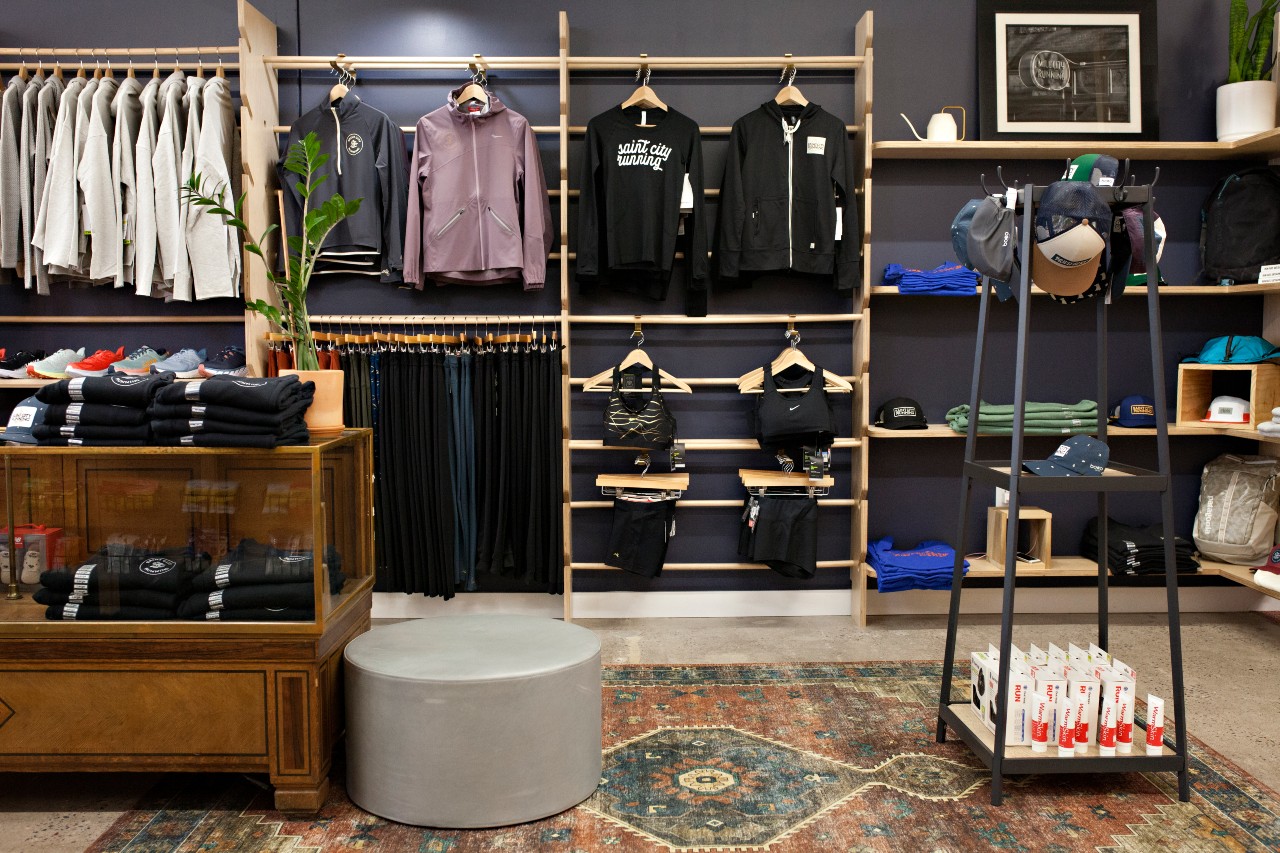At Shea, we pride ourselves on staying on top of what’s happening in design news. It helps us keep tabs on what’s fresh, inspiring, and happening in the world—and we make a few headlines of our own, too. Here are some recent articles delving into design, experience, and what’s buzzing in our community:
“What Will Shopping Look Like?” – Vox:
In the wake of the pandemic, not only restaurants and workplace will shift in design—retail is changing, too. As shoppers return to physical stores, retail sales are jumping and foot traffic is improving. Though e-commerce remains a threat to existing stores (and has become more prevalent than ever after the last year), safety is moving further back in consumers’ minds as they shop brick-and-mortar, with some notable design changes in retail stores. Experts predict more spacious floor plans in shops, with wider aisles for customer comfort, as well as self-checkout kiosks in more stores and sectors. And stores have to work to seamlessly integrate fulfillment options, like curbside pickup and ship-from-store, into their operations—meaning bigger back-of-house space and reconsidered outdoor areas. Furthermore, stores are becoming more creative than ever in terms of driving customers in, with workshops and experiences that can’t be had virtually—and may be just what customers are craving right now.
“Vivir Scores Raves as a Great Shift of 2020” – Shea:
The the MSP magazine review of Vivir, praising the relevance of the concept, food, and design on today’s dining scene
“Progressive Workplace Design in a Post-Pandemic World” – Work Design:
Work Design looks at the future of the workplace, noting what offices will need post-pandemic to lure in new talent while also attracting current employees to the office. Outdoor workspace continues to be a top amenity, and larger offices allow for more flexibility and customization, as well as space to add the wellness-focused amenities that workers are looking for right now. Plenty of natural light (with shading options to mitigate it when the sun gets hot) is a huge factor, along with high-end HVAC systems and—perhaps most importantly—a thriving, bustling community surrounding the office that will entice workers to the area.
“It’s All in the Detail: How Hotel Indigo’s Use of Design Illuminates the Nuances of Every Neighborhood Where They Welcome Guests” – Hospitality Net:
Hotel Indigo, a boutique brand by IHG, has become known worldwide for its incorporation of local elements into not only the design of its locations, but the overall guest experience. This article reveals the importance of creating a sense of place in hotel design, looking specifically at how Hotel Indigo locations across the globe take local history and culture and build design stories often specific to the very neighborhood where the hotels are set. For example, at the Hotel Indigo Miami Brickell, the artwork and rugs in the guest rooms are inspired by a nearby prehistoric archeological site. At the Hotel Indigo Hakone Gora in Japan, natural and seasonal elements are used to highlight the area’s onsen waters, and art installations were designed to immerse guests in nature.
“Shea Principal Spills on Second-Generation Restaurant Sites” – Shea:
Shea Principal Tanya Spaulding sits down with Foodservice News, detailing the pros and cons of taking over a second-gen restaurant space.
“Second Life for Shipping Containers: Selling Bao Buns and Baked Goods” – New York Times:
Shipping containers aren’t going anywhere—this New York Times article takes a look at how they’ve prevailed in bringing color and community to food halls and markets. However, they do make for challenges in adapting for indoor use and making them stand out without feeling too cold and industrial. Bright paint and branding help create a differentiated identity, and adding windows, doors, support structures, and kitchen equipment is a must—but this makes the cost comparable to installing a regular food stall, so it’s got to be an intentional aesthetic. And there are caveats for developers—some suggest sticking to outdoor use to cut down on retrofitting needs (like oven ventilation), or sticking to indoor options with light cooking uses.
“Sector Spotlight, Grocery & Specialty Foods: Lessons Learned” – VMSD:
VMSD notes trends in grocery shopping, management, and design as a result of the pandemic. This piece notes that shoppers are making fewer, larger trips, rather than more regular grocery stops. Many chains are continuing to downsize their footprints in urban areas (where space is limited and real estate is at a premium) and are reconfiguring their stores to best fit customer needs. Online infrastructures are improving, and self-checkout is booming (the next step will be no-checkout, which will free up further space within the stores).
“American’s Newest Destination Restaurants Aren’t Where You’d Expect” – Wall Street Journal:
The WSJ examines the newest hotspots around the country, noting that they aren’t in urban centers or major metropolises—top chefs have headed to the country to create their own destination eateries, especially in countryside hotels that attract top-tier travelers. They praise shorter commutes, more culinary freedom, fresher ingredients, and the ability to reach visitors from around the world (particularly as peoples start to book post-pandemic travel)—and hotels love that it puts them and their areas on the culinary map. The piece runs down several examples of hotels and resorts that have successfully adopted this practice, while also taking a look across the pond: In Europe, destination restaurants have worked to hold on through the last year by attracting a more local clientele, often creating less-formal pop-ups and special dinners to bring in their own city-dwellers.
“How Other Design Sectors Can Influence the Future of Workplace Design” – Work Design:
This story gives highlights from a virtual NeoCon panel on how the workplace will be changing and how and why people will be headed back to offices, with a focus on how design sectors like retail and hospitality will influence workplace design. Brand connection will be key as offices evolve into experiential places that serve to attract and retain talent, as well as a spot for the mobile workforce to use as a homebase. Crossover also happens with multi-family design as those projects begin to incorporate workplace amenities and offices start to work in residential elements. Office design is truly going to be all about planning for a workforce that’s flexible and ready for change and reconfiguration.
Shea Ink: Spring 2021
The latest edition of Shea’s in-house magazine, featuring recent projects including Sidebar at Surdyk’s, Saint City Running, Vivir, Petite Leon, and the new Hazelwood locations.
May 28, 2021
Shea Links: May

